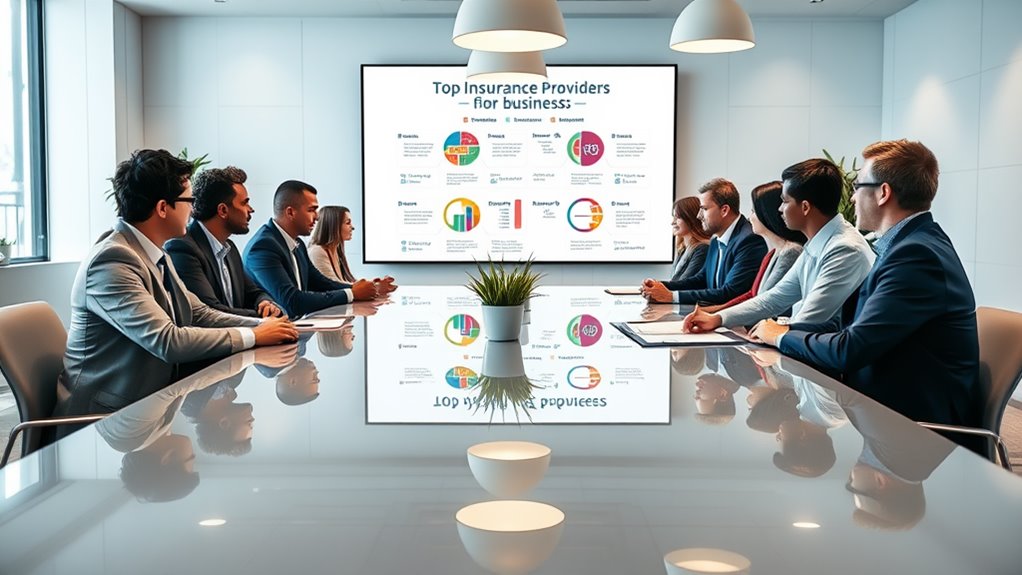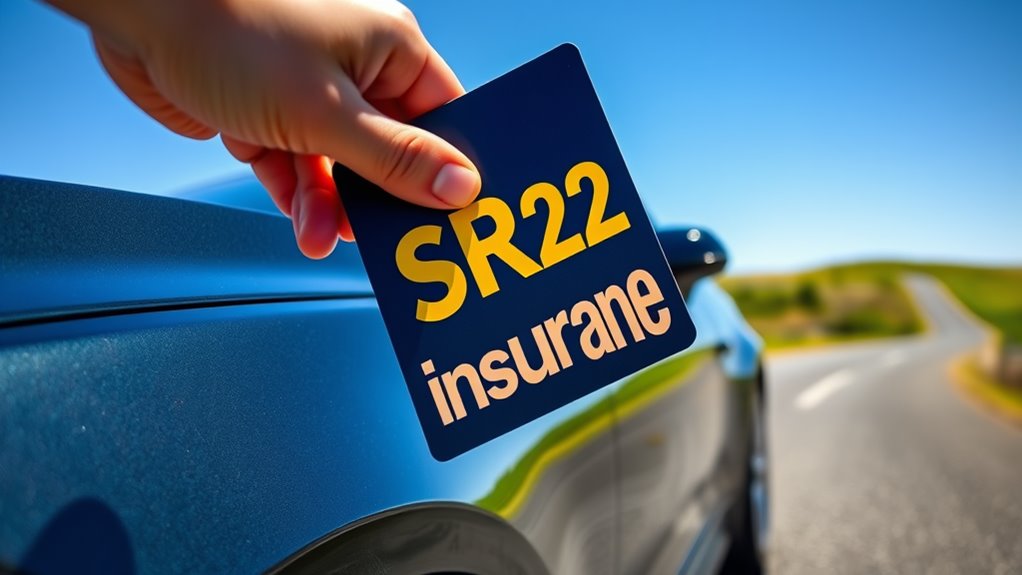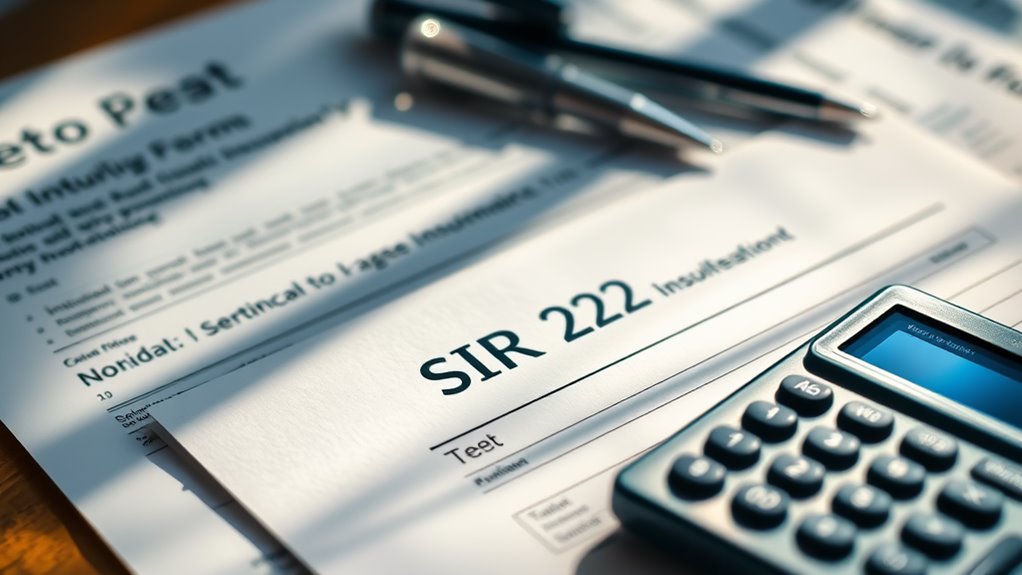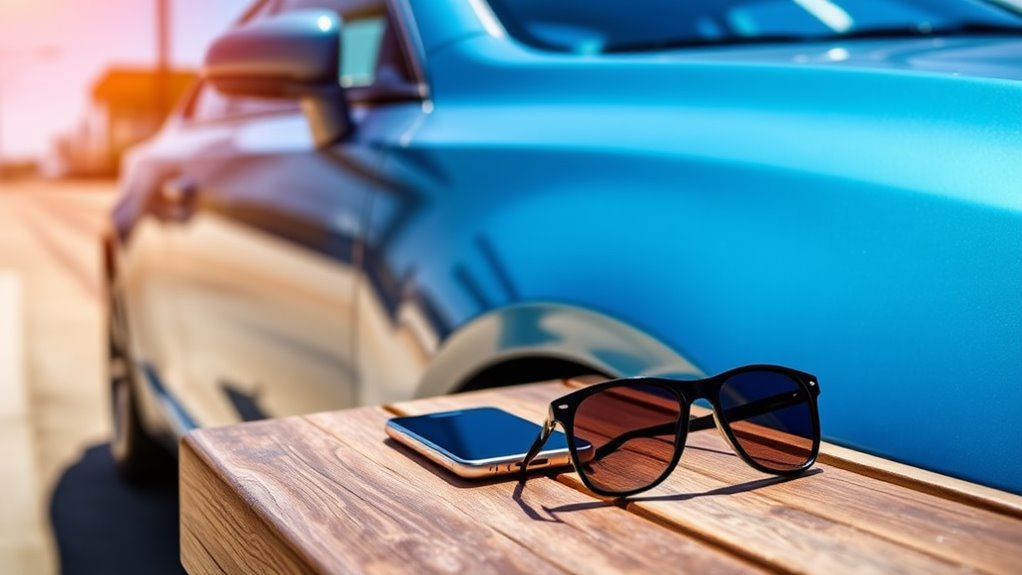What Is Non-Owner Insurance for High-Risk Drivers?
Imagine driving a friend's car, the wind in your hair, but suddenly realizing you lack the insurance to cover any mishaps. Non-owner insurance for high-risk drivers steps in to fill that gap, providing essential liability coverage for those who don't own vehicles. This type of policy is especially valuable if you've faced challenges like DUIs or multiple accidents. But what exactly does it cover, and how can it benefit your unique situation?
If you're a high-risk driver without a vehicle, non-owner insurance might be the solution you need. This type of car insurance is specifically designed for individuals who don't own a vehicle but still require liability coverage when they drive. Non-owner insurance provides financial protection in the event of an accident, making it an important option for those who frequently borrow or rent cars. While it typically offers liability coverage, it doesn't include extensive or collision protection, which means you won't be covered for damages to a vehicle you drive unless it's covered by the rental or borrowing agreement.
Non-owner insurance offers essential liability coverage for high-risk drivers without a vehicle, ensuring financial protection when borrowing or renting cars.
For high-risk drivers—those with a history of DUI convictions, multiple accidents, or a record of serious traffic violations—non-owner insurance can be a lifeline. It allows you to meet state insurance requirements, even if you're currently without a vehicle. The financial protection it offers covers bodily injuries and property damage resulting from accidents, which is vital for anyone looking to drive legally. Additionally, the cost of non-owner insurance is generally lower than traditional car insurance, making it a more accessible option for those with a challenging driving history. Non-owner SR22 insurance specifically provides proof of financial responsibility to meet state requirements, further emphasizing its importance for high-risk drivers.
The benefits of non-owner insurance extend beyond financial savings. If you've been classified as a high-risk driver, you likely face restrictions that make it harder to find affordable insurance. Non-owner insurance provides the flexibility needed to drive borrowed or rented vehicles without the burden of exorbitant premiums.
It may also include SR-22 filings, which are typically required by the state for high-risk drivers to demonstrate financial responsibility. This means you can keep your driving privileges intact while maintaining the necessary coverage.
When considering your eligibility for non-owner insurance, you'll need to provide a detailed driving history during the application process. Each state has its own requirements, especially concerning high-risk drivers and SR-22 filings, so it's important to know what applies to you. The minimum liability coverage levels are established by state law, and understanding these requirements can help you navigate the application process more smoothly.
Choosing the right insurance provider can greatly impact your experience with non-owner insurance. Some companies specialize in non-owner SR-22 insurance for high-risk drivers, while others may offer it as part of a broader range of services. It's wise to compare quotes across multiple providers to find the best option for your needs.
Pay attention to each insurer's reputation and reliability, especially regarding their experience with high-risk policies. Look for flexibility in policy options to make sure that your unique circumstances are accommodated.
Ultimately, non-owner insurance serves as a practical solution for high-risk drivers. By offering compliance with state requirements, financial protection, and lower premiums, it provides a necessary safety net. As you explore your options, keep in mind the factors that influence cost, including your driving record.
With careful research and consideration, you can secure the coverage you need to drive legally and confidently.
Conclusion
In summary, non-owner insurance for high-risk drivers serves as an essential safety net, providing important liability coverage without the need for vehicle ownership. It's especially significant for maintaining driving privileges, especially since studies show that about 1 in 7 drivers in the U.S. are uninsured. By opting for this type of insurance, you not only comply with legal requirements but also protect yourself financially when driving borrowed or rented cars. So, consider it if you're in this situation!









